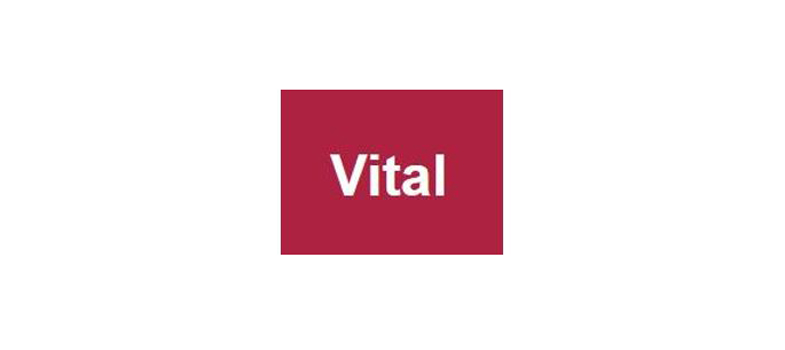Copyright and blogs

Lively discussions on forums, such as John Connell's blog [Tip: hold Ctrl and click a link to open it in a new tab. (Hide tip)] demonstrate that some teachers are still struggling with issues related to copyright and plagiarism. John's blog provides several practical examples of how a teacher might introduce copyright to their students.
It's good practice when authoring content to provide details about what rights are attached to your work or a shared website, such as a blog. This makes it clear to others, what they can and can not do with this content.
Most schools include a copyright statement on their school website, which is useful. However if staff and students at your school believe that content (that they have created), should be shared freely, remixed and re-used with others within the school and wider community, then you might also want to use a copyright license.There are several copyright licences that are suitable for school use but one of the most popular is Creative Commons.
It is also important to note that, when using content developed by others, it is good practice to check the copyright permissions, reference the source and encourage your students to do the same.
 Activity 4 Caring about copyright
Activity 4 Caring about copyright
The objectives of this course activity are to:
- develop your awareness of the responsibilities of authors
- understand how to ethically use content developed by others.
Watch the Teachers’ TV programme Plagiarism - A cut and paste generation. This programme looks at how staff combat plagiarism in schools Reflect on some of the issues and strategies highlighted in this programme.
Next play the video below.
What is Creative Commons? Wanna Work Together RG Remix
Now think about how you might address copyright on your new classroom blog.
E-safety when using blogs
